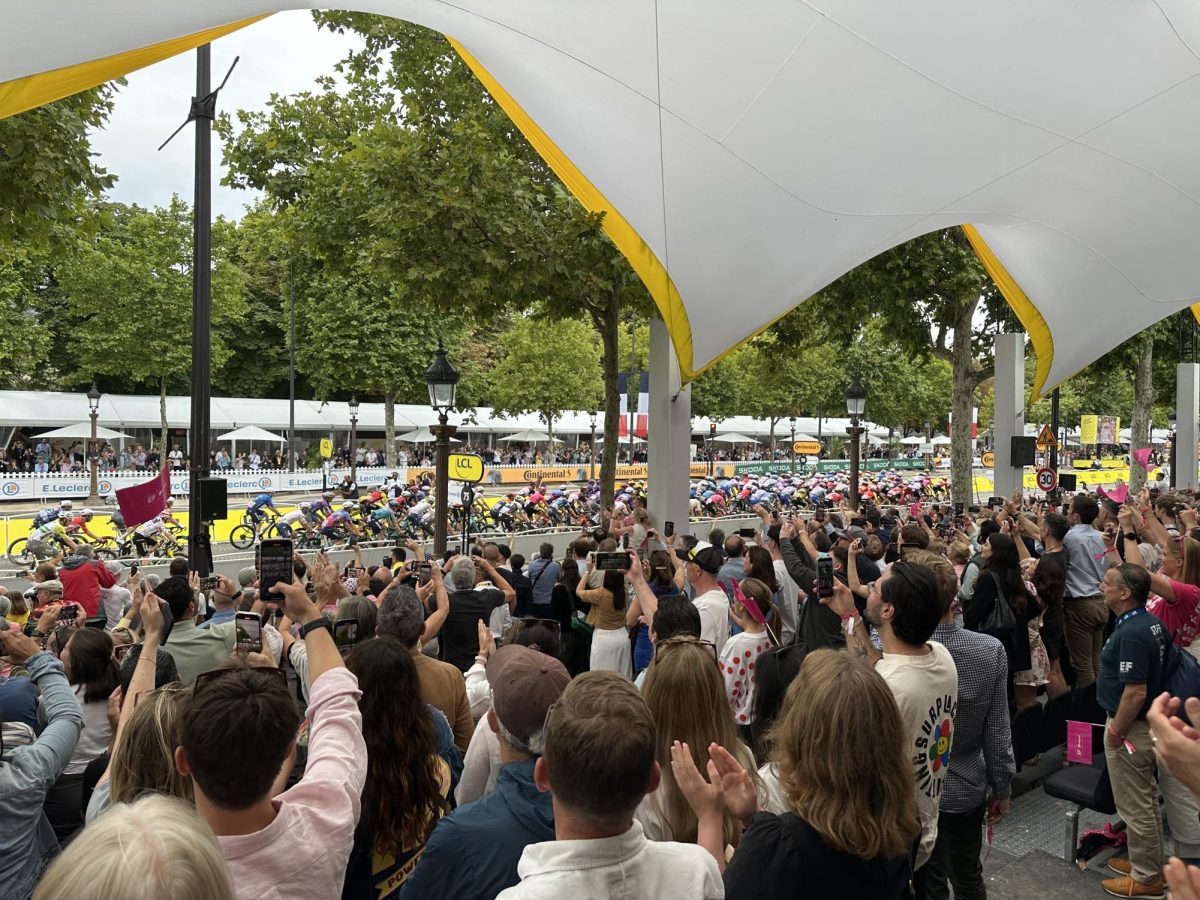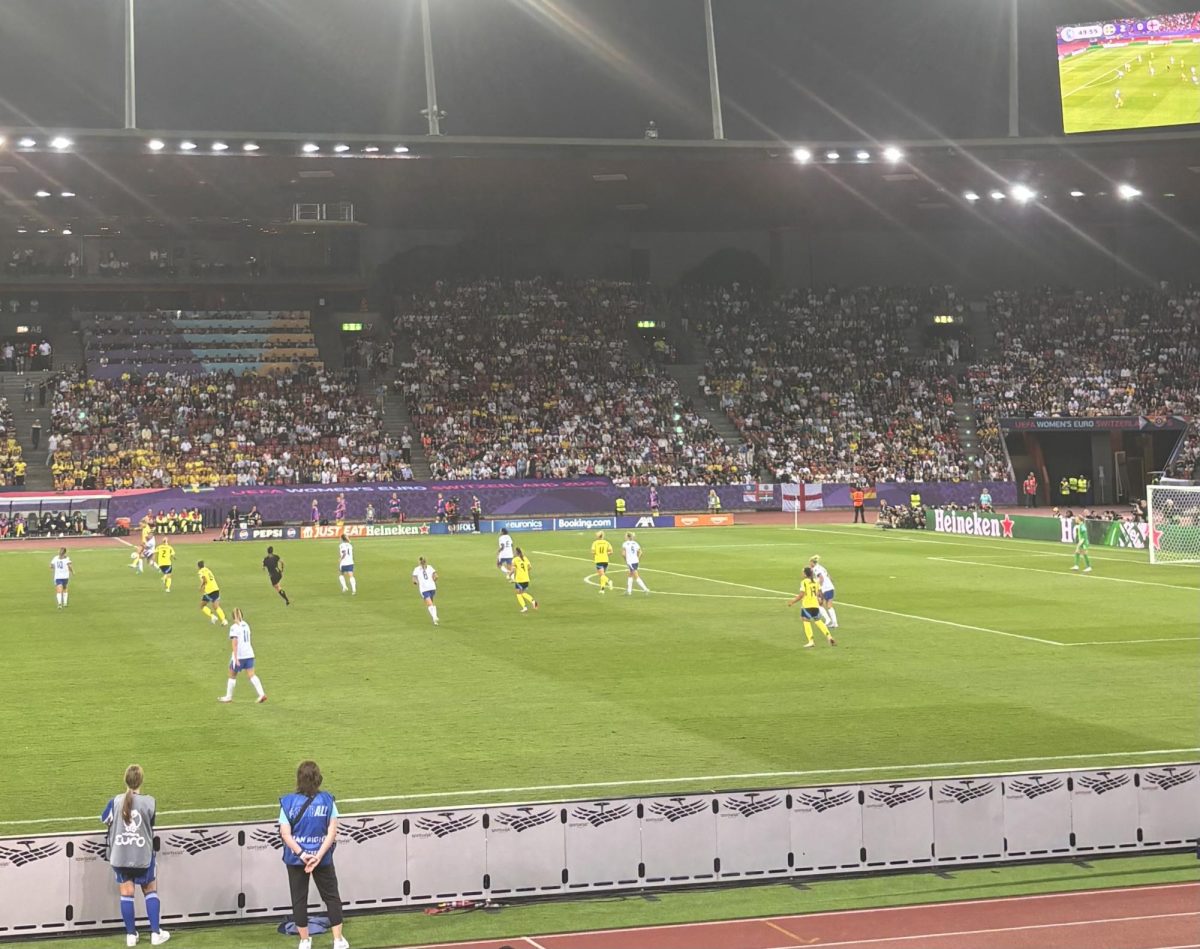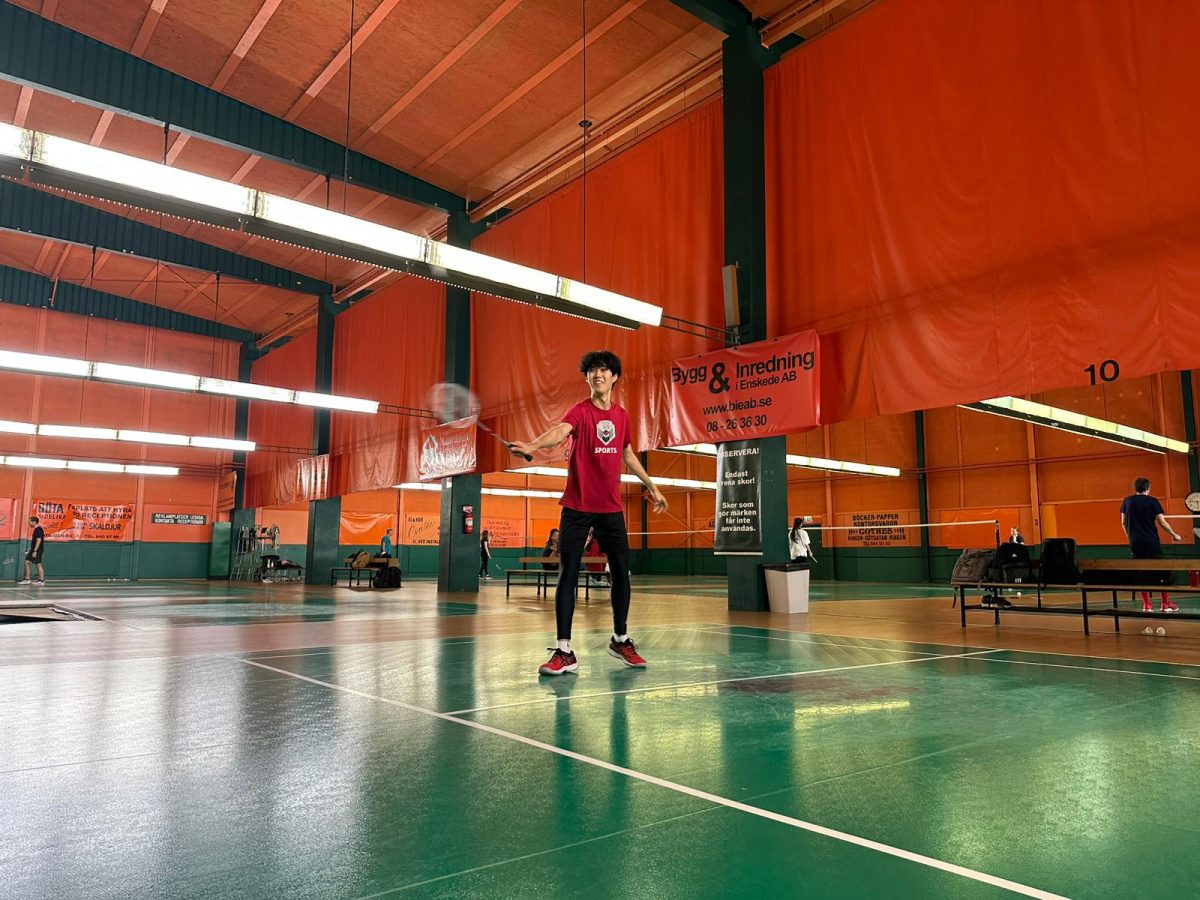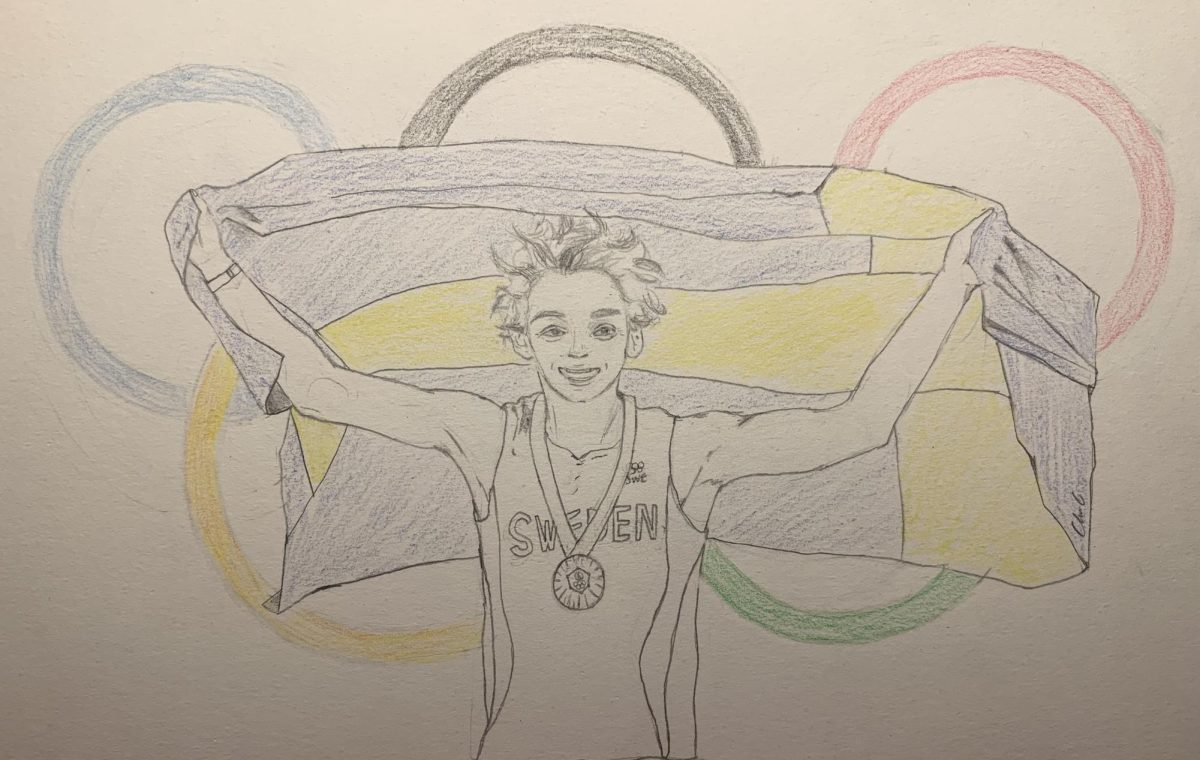The Tour de France is a 23-day-long bicycle race that goes around France. It has 21 stages, with one stage a day, and two rest days for the riders. This summer, I was fortunate enough to be able to sit at the finish line of the Tour de France. While the starting place of the Tour de France changes every year, the finish has always been in Paris near the Arc de Triomphe (except 2024, where the Paris Olympics meant that the finish was moved to Nice). In the past years, the last stage has been a flat sprint for a few laps through the city of Paris. However, this year, after the success of the cycling course of the Olympics, the laps of Paris were changed. Instead of there only being a flat spring, there was a climb through the narrow streets of Montmartre up to the Church of Sacrè-Coeur, which completely changed the dynamics of the final stage. Fans who usually expect to see sprinters battle for glory instead watched climbers and all-rounders seize the opportunity to shine, turning the final laps into a tactical showdown, testing the riders’ endurance one last time.
The atmosphere was electric. Crowds lined the cobblestones all the way up the hill, cheering the riders as they powered toward the landmark at the top. The stage went through the Louvre, which had been under construction for a while. Seeing the mass of cyclists going through the well-known museum and around the glass pyramids was amazing. On top of all of that, it started pouring during the race, buckets of rain coming down on the riders and watchers alike.
The way the Tour de France is constructed is that each stage is timed, while the winner of each stage is celebrated, with the last stage being the most momentous of the wins. Whoever has the shortest total time after each stage is added up is the winner of the entire Tour de France. Due to the rain causing low visibility and slippery streets, before the riders even crossed the finish line, the winner of the entire tour was announced: Tadej Pogačar. Tadej Pogačar is among the greatest cyclists of all time, and while he is not the fastest sprinter, his endurance is unmatched. The new uphill course of the final stage allowed him to take the lead in the race, securing him the victory of the entire Tour, even though he did not win the final stage.
Now, whether the change of the final stage becomes a one-time event or a new tradition remains to be seen, but one thing is certain: the Tour de France has once again proven its ability to surprise and inspire. From start to finish, it remains not only a test of physical strength but also a celebration of sport, spectacle, and the enduring beauty of France.







